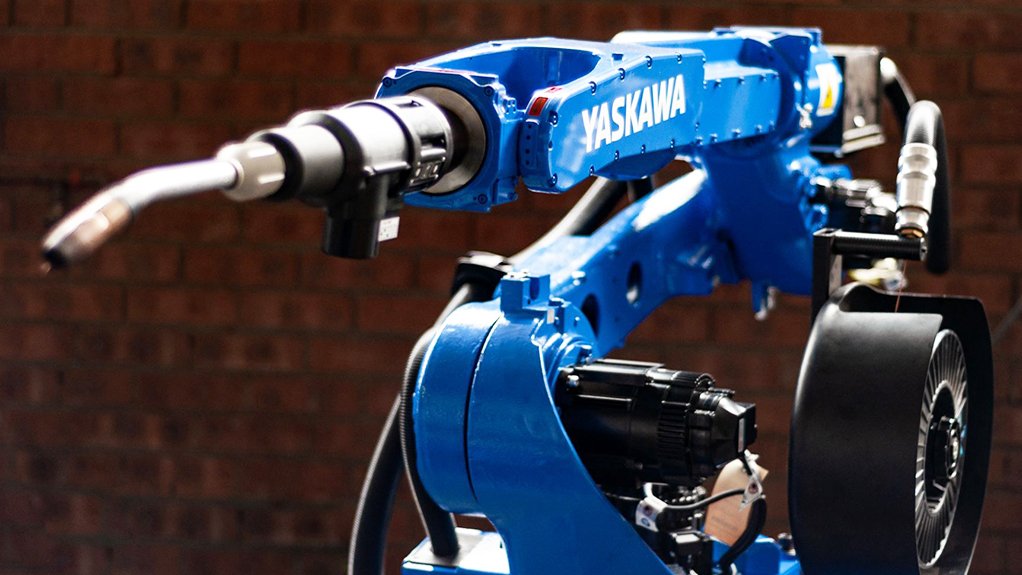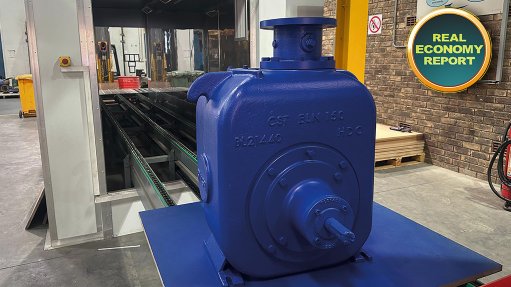Reducing business downtime with robots
This article has been supplied.
According to Asen Bozhikov, Assistant Professor of Business Informatics at the D. A. Academy of Economics in Svishtov, Bulgaria, businesses suffer approximately 14 hours of technology-related downtime per year. Effectively, that’s two days of operations lost.
In a world that is always connected and moving at a blistering speed, businesses cannot afford to have extensive periods of downtime. After all, the cost of downtime is the minutes of downtime multiplied by the cost of operations per minute, so it’s easy to see how this could spiral out of control and negatively impact productivity.
As efficiency becomes a primary driver of business, industries are investigating new and innovative ways to reduce downtime. And this includes the implementation of automation and robotics.
Erik Hupjé, founder of Road to Reliability, believes that world-class organisations ensure that less than 2% of their total maintenance should be emergency maintenance. While each industry and business varies, there are some organisations striving for even greater results.
“One of our clients aims for a 1% downtime for its overall uptime,” says Colin Brings, Total Customer Support Director at Yaskawa Southern Africa. “So far, it’s been an achievable and realistic target for them, partially due to robots being highly reliable. In fact, it’s usually the peripheral equipment, such as tooling and jigging, that affect the uptime or downtime more so than the robots.”
Modern robotic solutions feature predictive technology that warns operators of possible failures or parts that’ll need to be replaced. Instead of nervously anticipating a breakdown, businesses are now in control of their operations as they can better prepare for maintenance and plan ahead.
“All of our latest robots have maintenance algorithms built into them where they can predict the life expectancy of speed reducers, such as gearboxes, and servo amplifiers like the drives for the motors,” Brings says. “If you implement and adhere to these checks, you can schedule your maintenance accordingly and eliminate any unnecessary downtime.”
While the automotive industry is one of the largest and most obvious to benefit from the use of automation, the implementation of robotics has reduced downtime and improved operations for other unexpected industries.
“Even before the start of the pandemic, we noticed an increase in demand for end-of-line packaging and food handling robots,” Brings explains. “As an example, we embarked on an automation project with a number of bakeries recently. One of these bakeries produces 8,000 loaves of bread per hour, with five to eight people running the factory. As a result, they are highly dependent on the robots’ output and uptime, as any downtime could result in a shortage of bread in the area.”
Brings adds that the sanitary ware industry has also experienced an uptake in automation, in an effort to manage uptime and curb unpredictability. Robots are now being used to sand and polish quartz resin baths, while others are being used to inspect and check the quality of the baths before exports.
“In a fast-moving and highly competitive world, late deliveries or production issues, due to downtime, cannot be overlooked,” Brings says. “It’s up to businesses to ensure these moments are rare and that they don’t impact their clients and customers at the end of the day.”
No organisation can afford the luxury of shutting down its operations for two days (or more) a year due to downtime. Productivity, process and consistency translate into profit, and the only way to ensure it continues is to embrace technology and how it can help solve some of the biggest business challenges.
Article Enquiry
Email Article
Save Article
Feedback
To advertise email advertising@creamermedia.co.za or click here
Comments
Press Office
Announcements
What's On
Subscribe to improve your user experience...
Option 1 (equivalent of R125 a month):
Receive a weekly copy of Creamer Media's Engineering News & Mining Weekly magazine
(print copy for those in South Africa and e-magazine for those outside of South Africa)
Receive daily email newsletters
Access to full search results
Access archive of magazine back copies
Access to Projects in Progress
Access to ONE Research Report of your choice in PDF format
Option 2 (equivalent of R375 a month):
All benefits from Option 1
PLUS
Access to Creamer Media's Research Channel Africa for ALL Research Reports, in PDF format, on various industrial and mining sectors
including Electricity; Water; Energy Transition; Hydrogen; Roads, Rail and Ports; Coal; Gold; Platinum; Battery Metals; etc.
Already a subscriber?
Forgotten your password?
Receive weekly copy of Creamer Media's Engineering News & Mining Weekly magazine (print copy for those in South Africa and e-magazine for those outside of South Africa)
➕
Recieve daily email newsletters
➕
Access to full search results
➕
Access archive of magazine back copies
➕
Access to Projects in Progress
➕
Access to ONE Research Report of your choice in PDF format
RESEARCH CHANNEL AFRICA
R4500 (equivalent of R375 a month)
SUBSCRIBEAll benefits from Option 1
➕
Access to Creamer Media's Research Channel Africa for ALL Research Reports on various industrial and mining sectors, in PDF format, including on:
Electricity
➕
Water
➕
Energy Transition
➕
Hydrogen
➕
Roads, Rail and Ports
➕
Coal
➕
Gold
➕
Platinum
➕
Battery Metals
➕
etc.
Receive all benefits from Option 1 or Option 2 delivered to numerous people at your company
➕
Multiple User names and Passwords for simultaneous log-ins
➕
Intranet integration access to all in your organisation




















